‘Maternal accommodation of Paediatric BDD: clinical correlates and implications for treatment outcomes’ with Dr Elizabeth Hogg, Trainee Clinical Psychologist, Kings College London.
More stories from the community
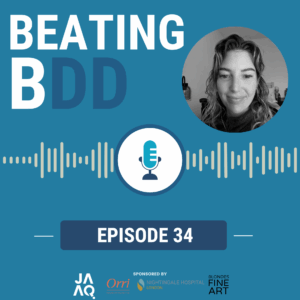
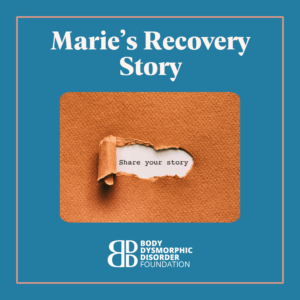
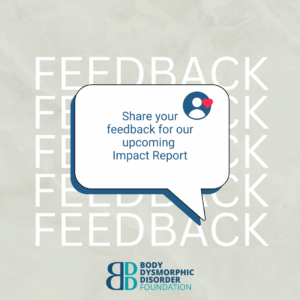

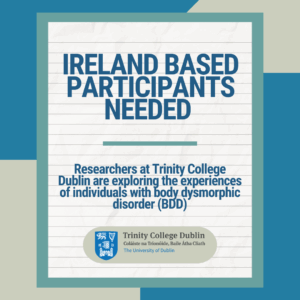
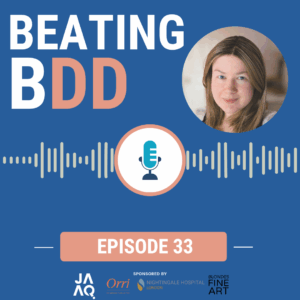
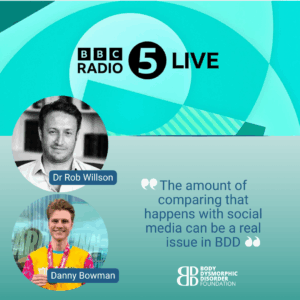
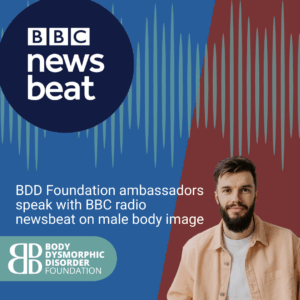
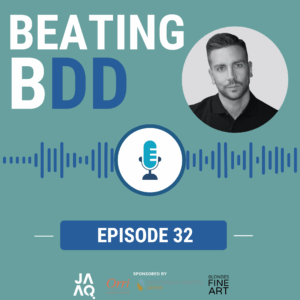

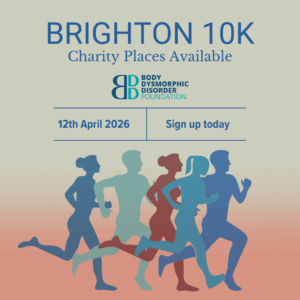





























































Big thank you to these brave individuals who recently contributed to the LAD Bible Roundtable, sharing their personal stories of BDD. Your courage to use your voices contribute to breaking down stigma around BDD and improving understanding.
The varied perspectives and stories from this discussion are an important reminder that everyone’s BDD journey and recovery will look completely different, and that’s ok.
The discussion covers some really interesting topics, including symptoms, diagnoses, treatment, gender differences, cosmetic surgery, faith, community, rock bottom and turning points in recovery.
Check out the full video below
We will be taking the opportunity to reflect on how far we have come and recent achievements, whilst also looking ahead to advance the future of the charity.
Our conferences are an opportunity to bring together our wonderful BDD community in a supportive, inspiring and informative space. Individuals with BDD, their loved ones, as well as mental health professionals and students come together to learn about the condition, innovative approaches to treatment and hear inspiring stories from those in recovery.
There will be countless opportunities to hear from experts, and learn about varied perspectives in the development and treatment of BDD. The conference is also a space for those living with BDD to find comfort in shared experience, know they are not alone and meet other people in the BDD community. This year, we are introducing a community and support room where those with BDD can connect with others and speak with volunteers about ways to access support through their journey of recovery.
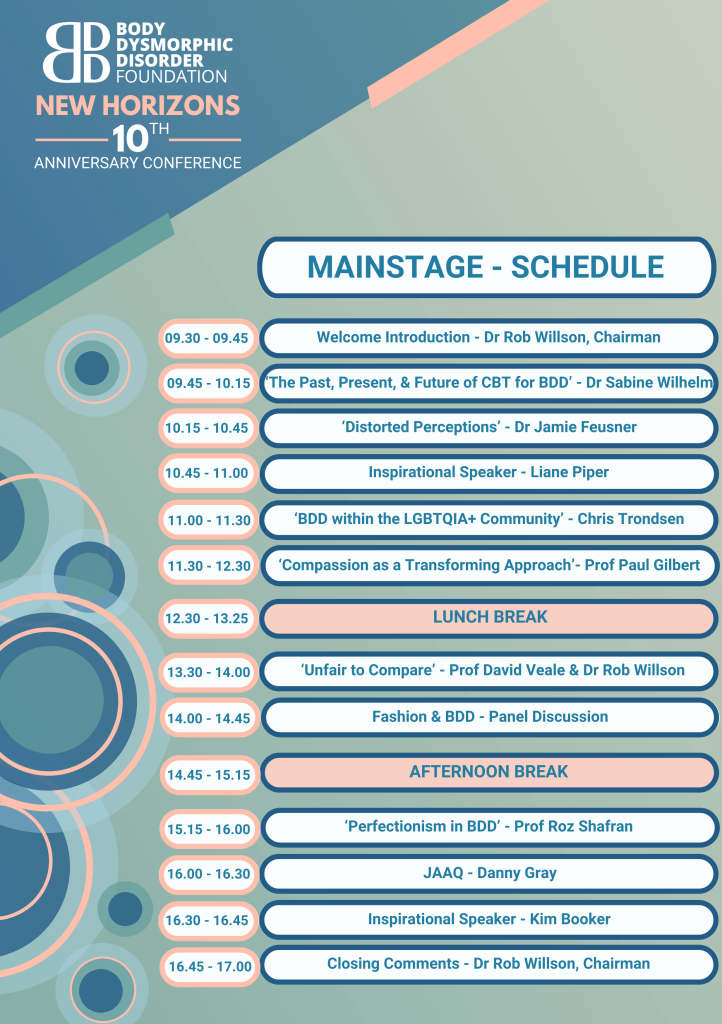

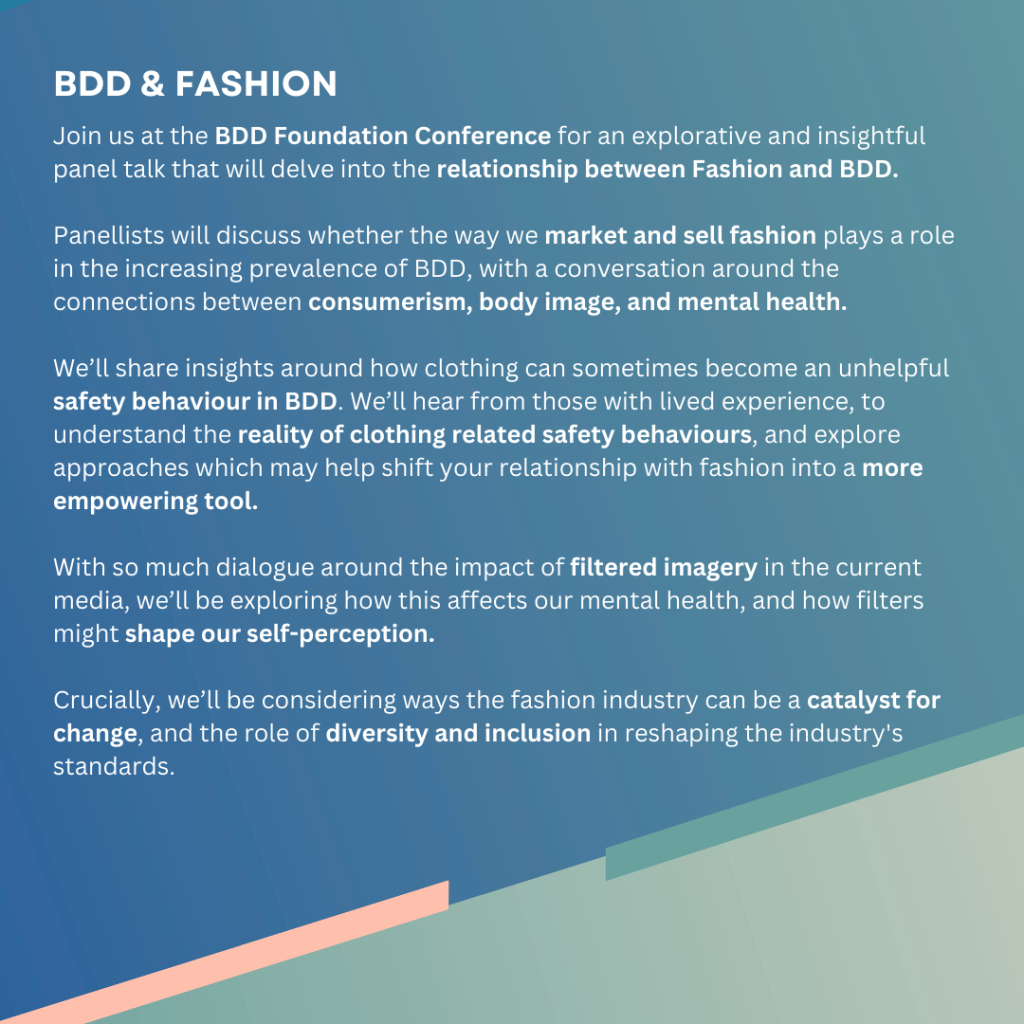
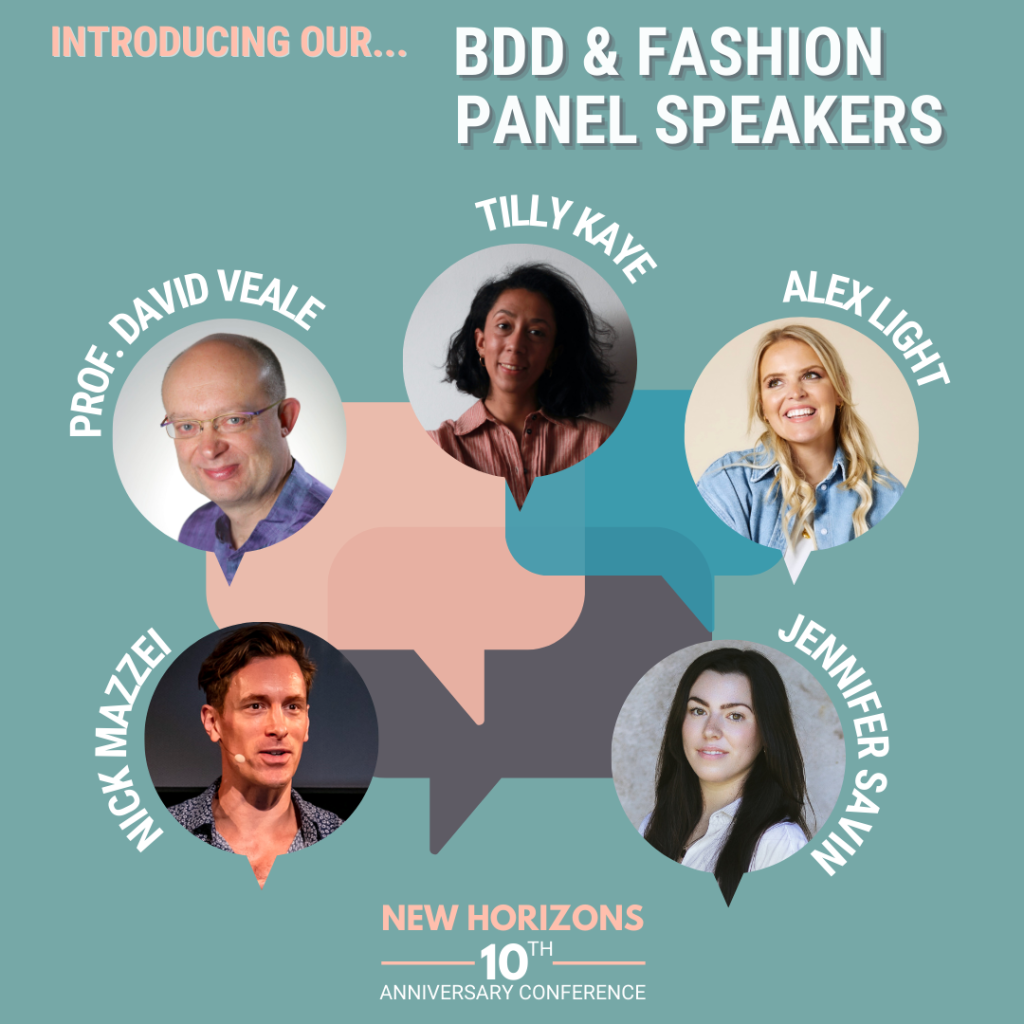
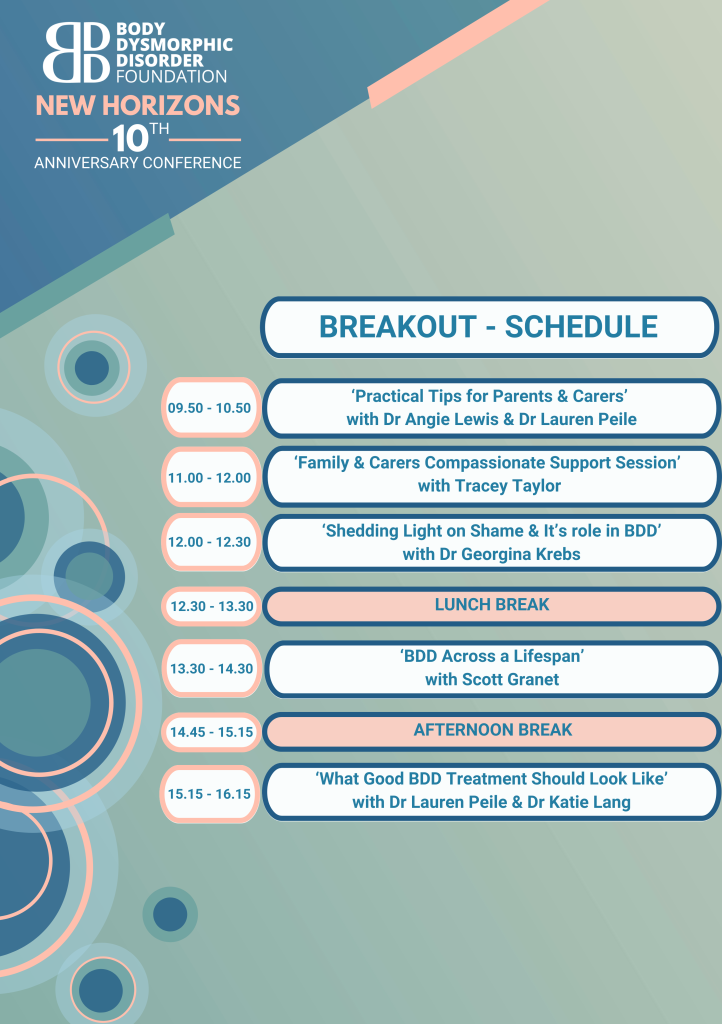
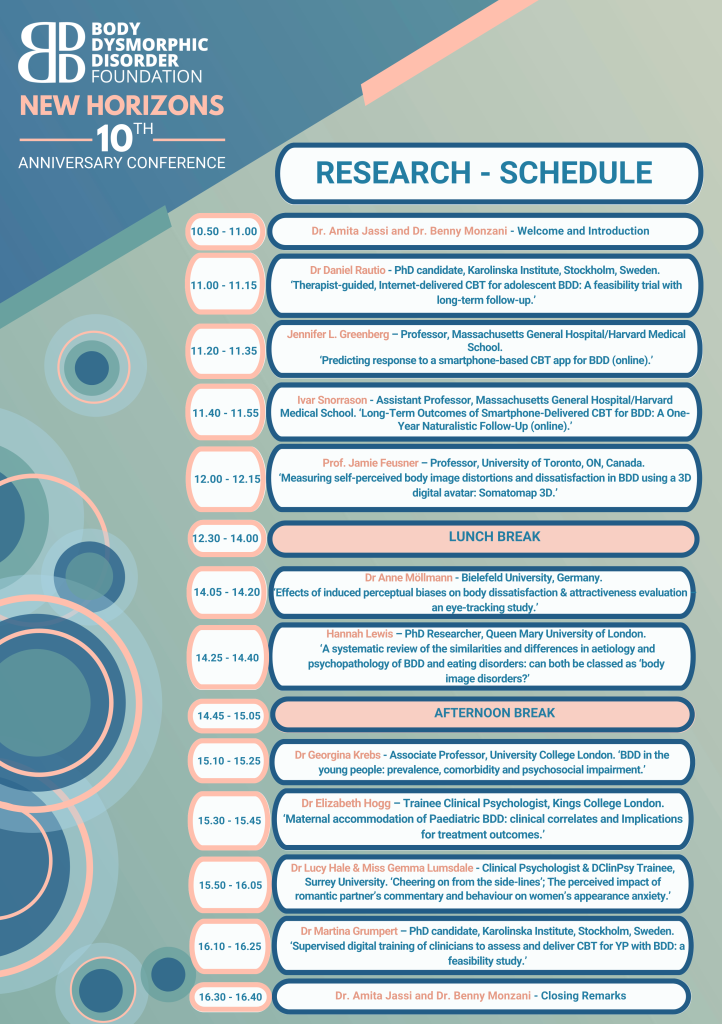

At this year’s conference, we are introducing a Support & Community Room, designed specifically for those who need a listening ear, are seeking community or just need some quiet time.
It will be a softly-lit, cosy and inclusive space for anyone who needs it. Our compassionate and understanding volunteers will welcome you into the space, where you can choose to take some time out, browse the BDD related artwork, sip on a cuppa, or have a chat with someone who truly understands the struggles of living with BDD. In addition to the artwork created by our wonderful community, there will also be a creative corner with resources to create something of your own or calm the mind.
We know how tough it can be for some individuals to attend the Conference and face so many people, so we hope this space provides some comfort and calm. It’s there for anyone who wants or needs to use it ![]()
Solidarity rate: for those who would otherwise be unable to attend for financial reasons or other barriers. We have a small number of bursary tickets available on a first come, first serve basis. Please contact info@bddfoundation.org for more details.
To avoid disappointment please consider purchasing your ticket to the physical conference early. In previous years we have sold out in advance.
No matter where you live you can now attend the conference via the internet with the option to attend via Webinar/Livestream for a reduced ticket price.
To reach as many people as possible, we will be filming the speakers on stage. Please be assured that the camera will be solely focused on the speakers and that all filming will be sensitively and discretely carried out. There will not be any recorded footage of attendees. If you have any concerns about this, please do not hesitate to approach one of our volunteers on the day.
All halls and rooms at 20 Bedford Way are accessible and a managed evacuation process is available from areas on levels 1 and 3 of the building for persons with mobility impairment. Logan Hall is situated on Level 1.
In previous years, we have gathered feedback from attendees, with many reflecting on the day as one which offers hope and connection. We aim for the day to be inspiring and informative to as many people as possible and hope this year’s event is of benefit to all. If there is anything we can do to support your attendance, or for any questions relating to the 2023 Conference, please email info@bddfoundation.org.
We look forward to seeing you in November for another successful event. It is a day not to be missed!
We are currently evaluating our services and working on our impact report, and we want to hear from you. We hope you will share your experiences of engaging with the BDD Foundation and the impact any of our services and our wider work has had on your life, or the lives of others.
We welcome responses from our entire community. This includes anyone with experience of BDD, including lived experience, providing support to someone experiencing BDD, carers, families, partners, friends, professionals and students.
If you prefer to send your thoughts through a different format or with a creative piece attached, please email impact@bddfoundation.org
Thank you for your input. As well as allowing us to measure our impact, your responses will contribute to the continued growth of the charity and allow us to stay user-led, and to identify our strengths, areas for development and most crucial services.
Survey closes: 11th October 2023
The feature on BDD shared the story of a BDD survivor and spoke with our trustee Dr Amita Jassi to understand more about the prevalence of BDD, how it might present, and the crucial need for further research and training on the condition in a clinical setting.
BBC News also highlighted Muscle Dysmorphia by speaking with our Chairman Dr Rob Willson and sufferer George Mycock. They discussed the severity of the condition, symptoms, and encourages those affected to access support. Muscle Dysmorphia is a serious, debilitating but treatable condition, with many of those suffering still not accessing the help and support they need.
Our support groups play an important role, alongside treatment, in recovering from and managing BDD. They provide a safe environment where people can talk openly about their BDD, as well as giving support and encouragement to others. Many attendees find comfort in shared experience, knowing they are not alone, and hearing stories from individuals at different stages of their recovery. More information can be found here.
For this role, it’s important to have a good understanding of BDD and the impact it has. We look for individuals with strong listening skills, an ability to make others feel welcome and comfortable, and empathy for others. We encourage applications from those with lived experience of BDD since these groups are peer led – an approach we have found to be particularly effective in supporting those experiencing BDD.
Training and induction will be provided. We require a minimum commitment of 1.5-3 hours per month.
“I found facilitating groups incredibly meaningful. Having suffered with BDD for most of my life and finding myself in a stable place of recovery, it felt really rewarding to support those who were at different stages of their journey with empathy and understanding.”
“I am confident that I learn as much from attendees as they do from me. Their honesty, insights, openness and support to one another is like nothing else, and I have had moments that bring up a lot of emotion because their experience resonates with me so much. I feel genuinely humbled and honoured to be a part of their BDD journey. It’s challenging at times, but incredibly rewarding.”
Download the Application Form below, and send completed applications to volunteers@bddfoundation.org
Applications will be reviewed and responded to by 18th August.